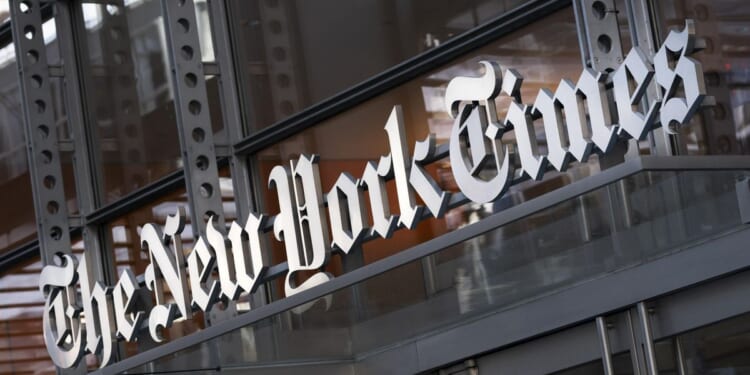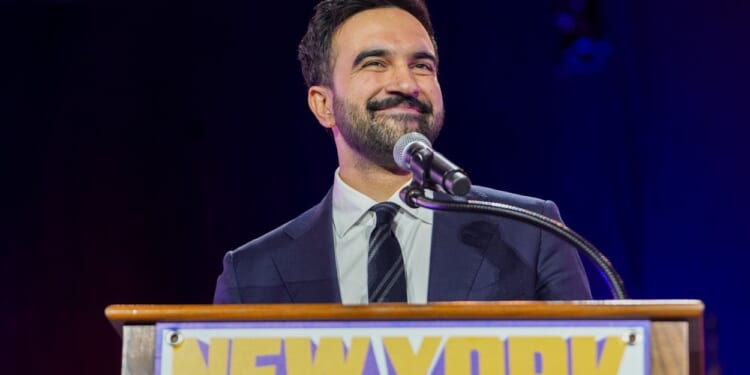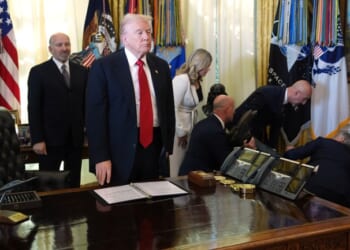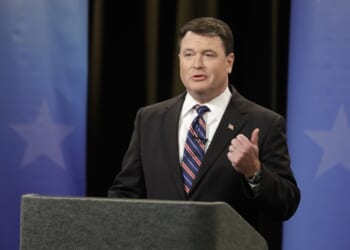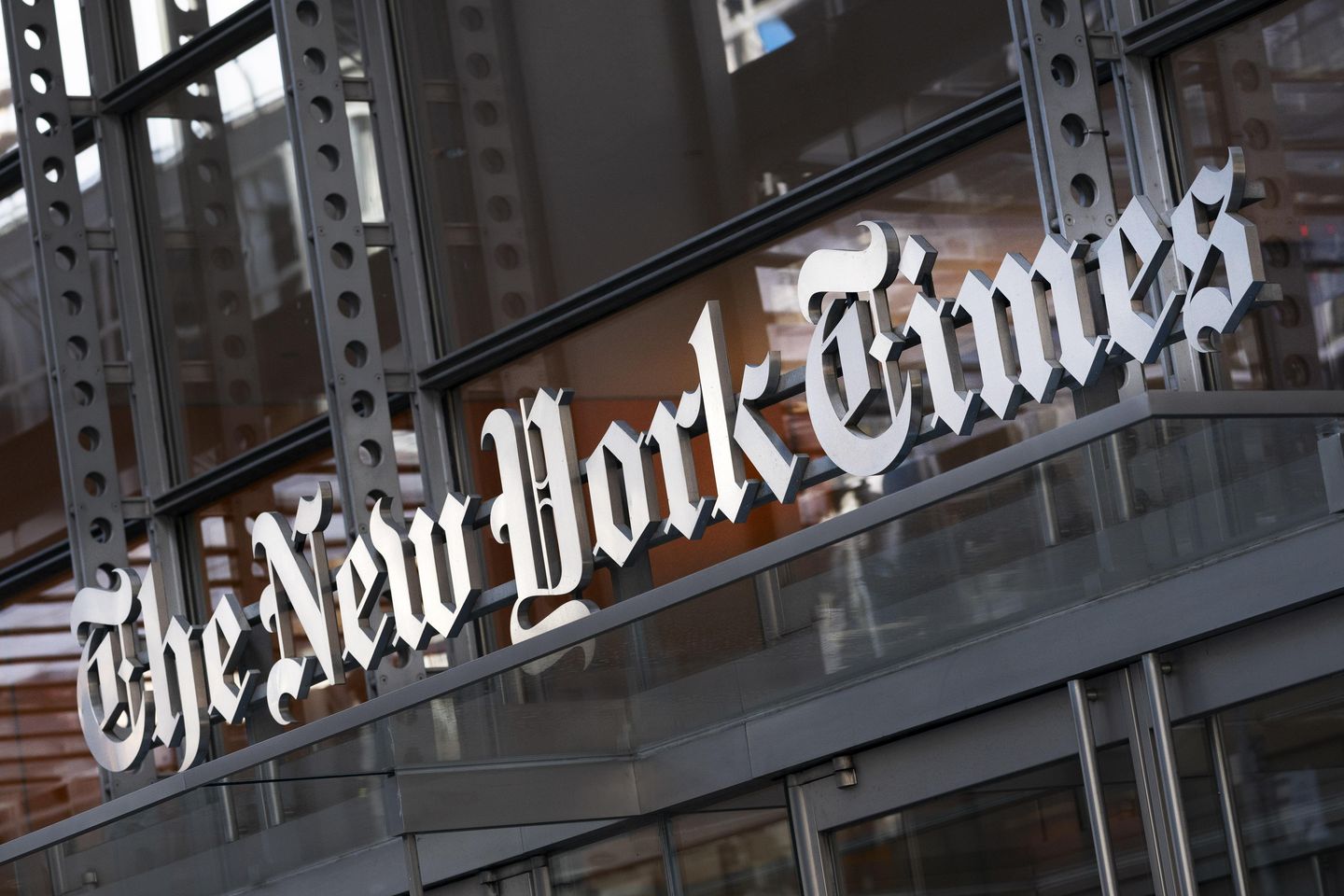
President Trump filed a new version of his lawsuit against the New York Times and some of its staff Thursday, toning down the over-the-top language that got his first version tossed from a federal courtroom but still asking for $15 billion in damages for “false malicious and defamatory” coverage.
The slimmed-down lawsuit totals 40 pages, less than half the original 85-page attack on the paper.
Gone are the map of his 2024 Electoral College victory, self-laudatory congratulations about the “greatest personal and political achievement in American history” and mocking of the newspaper’s fall from journalistic monarchy and emergence as “a full-throated mouthpiece of the Democratic Party.”
In its place is a far more legally precise list of perceived offenses, both legal and journalistic.
“This action concerns numerous defamatory statements regarding President Trump in at least three false, defamatory, and malicious publications made by defendants — two articles and a book,” the new lawsuit said.
It still names the same cast of characters as those defendants: the New York Times Company; reporters Susanne Craig, Russ Buettner, Peter Baker and Michael S. Schmidt; and Penguin Random House LLC, a book publisher.
Mr. Trump’s first version, filed Sept. 15 in U.S. District Court in Tampa, Florida, was scrapped four days later by Judge Steven Merryday, a George H.W. Bush appointee who said it was too unprofessional for a legal case.
“A complaint is not a megaphone for public relations or a podium for a passionate oration at a political rally or the functional equivalent of the Hyde Park Speakers’ Corner,” the judge scolded.
He added: “This action will begin, will continue, and will end in accord with the rules of procedure and in a professional and dignified manner.”
He had given Mr. Trump four weeks to re-file the complaint in a way that met his demands.
The updated complaint targets two 2024 articles and a book by Ms. Craig and Mr. Buettner, “Lucky Loser: How Donald Trump Squandered his Father’s Fortune and Created the Illusion of Success.”
To win a defamation case involving a major public figure, Mr. Trump would likely have to prove those he’s suing not only got things wrong, but did it with malice.
Mr. Trump said he can prove that.
He said the reporters relied on “hopelessly biased or discredited sources,” and the newspaper’s newsroom operates on the understanding that the president is “a threat who does not deserve fair treatment.”
At the same time, the reporters ignore research that would boost Mr. Trump, the president charged.
Mr. Trump cited dozens of claims he said were false, defamatory and made with malice.
Among them were barbs at his selection for “The Apprentice,” a show that helped grow his stardom; jabs at his business acumen; and questions about his handling of his father’s business.
Mr. Trump pointed to his best-selling books, his roles with “The Apprentice,” Truth Social and the Muss Universe Pageant, and his political success as counters to the reporters’ criticism.
“President Trump prides himself on having a reputation for high standards, excellence, and consumer satisfaction; statements falsely casting aspersions on President Trump’s reputation as a businessman or the Trump Organization’s legitimacy therefore cause direct and easily foreseeable harm to these businesses’ value, revenue, and profitability,” the lawsuit says.
Mr. Trump’s lawyers said they sought corrections or retractions from the newspaper last year but the paper rebuffed those entreaties.

